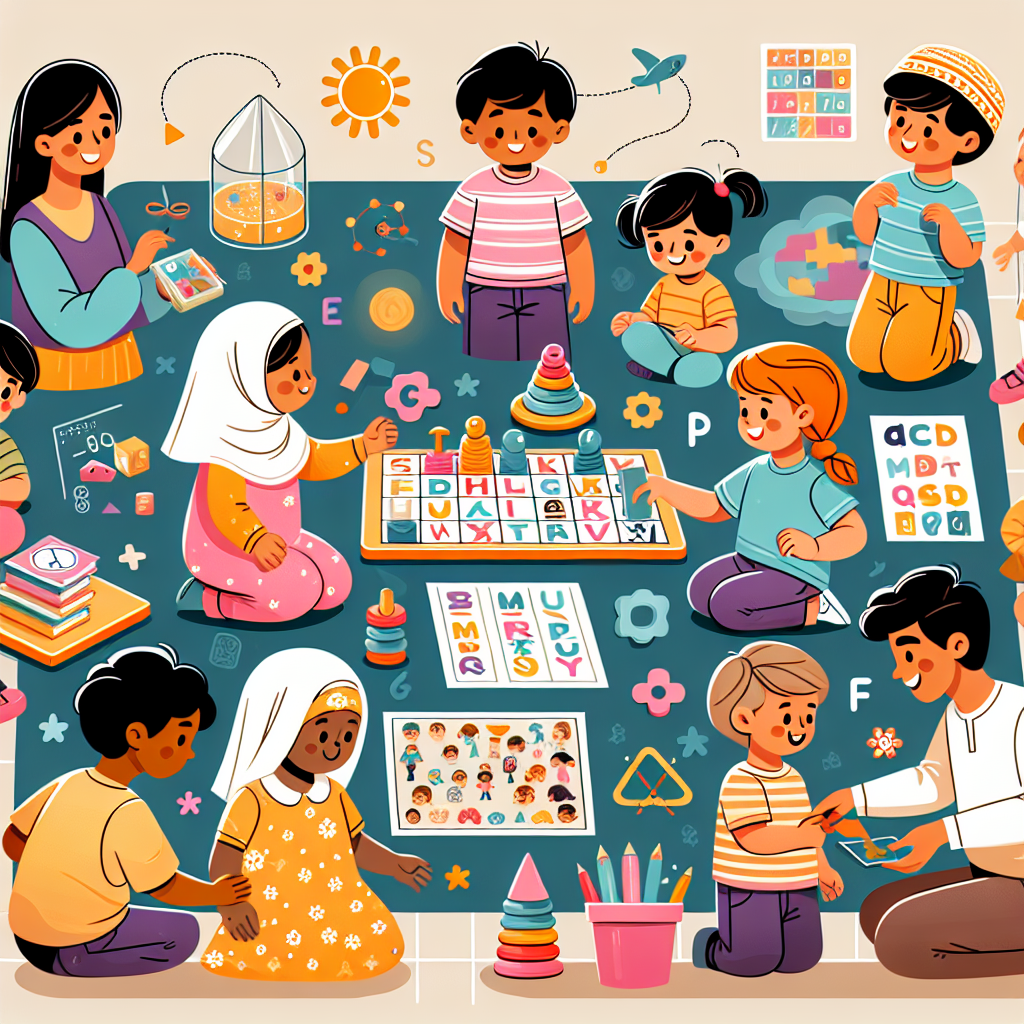"Learning the Alphabet through Simple and Creative Activities"
Introduction
Learning the alphabet is one of the most fundamental stages of early education. As your children develop language skills, recognizing letters and their associated sounds becomes crucial. In this article, we will discuss simple and creative methods that can turn learning into an enjoyable and memorable experience for both children and parents.
First Steps in Learning the Alphabet
Learning the alphabet can start as early as the first months of a child's life. Songs, rhymes and finger games are fun ways to introduce letters. Through repetition and association, even the smallest people begin to recognize and memorize letter shapes and related sounds.
Visual Learning Methods
An effective way to teach the alphabet is to use visual methods. Illustrated alphabet on posters, colorful picture books or even magnetic letters on the fridge can bring the visionary letter into the child's everyday life. These visual methods help reinforce letter recognition and are excellent means of linking letter shapes to sounds and words.
Creative Activities Using Arts and Crafts
Arts and crafts offer a wide range of possibilities for creative learning. For example, drawing letters with colored pencils, cutting shapes out of paper or making letters out of clay all successfully involve the child's senses and fine motor skills. It encourages creativity and allows the child to be proud of the letters created.
Games and Interactive Applications
In the digital age, there are plenty of educational apps and games that make learning the alphabet interactive and engaging. Choose apps designed specifically for your child's age group and rated positively by other parents and educators. Interaction with screens should always be supervised to ensure appropriate content and reasonable usage time.
Personalized Books and Stories
Personalized books where your child is the main character or stories that focus on a particular letter of the alphabet can be fabulous ways to engage. By identifying with the character or repeating a certain sound, your child will form strong associations that help memorize the letters.
Outdoor Activities and Movement Games
Learning doesn't have to be confined to the interior. Writing letters with chalk on the asphalt, hunting for natural letters in the park or the alphabet trail are outdoor activities that combine learning with physical activity. These games develop children's ability to understand the alphabet while using up their energy and exploring the environment.
Rewards and Encouragement
Rewarding children's efforts, either through verbal praise or small surprises, is essential. Celebrating every small success will boost your child's confidence and strengthen their desire to learn more. This does not necessarily mean material rewards, but rather recognition of progress and hard work.
The Role of Parents and Teachers
Parents and teachers play complementary roles in children's education. Make sure that the learning methods at home are consistent with those applied in school or kindergarten. Open communication between parent and educator is essential to ensure a smooth and effective experience for the child.
Use of Technology in Moderation
While technology is a useful tool, it is important to limit screen time and promote traditional learning methods. This balance ensures harmonious and healthy development on all levels for the child.
Conclusion
Learning the alphabet is an exciting journey full of discoveries and challenges for both children and those who guide them. By approaching simple and creative activities, we can make this stage of education not only effective, but also unique and enjoyable. Whether we adopt visual methods, involve children in crafts, use technology or take nature walks, it is important to give importance to each learning style and adapt to the individual needs of each child. Encouragement, patience and creativity are the keys to success in this fascinating journey to literacy.














































































































































